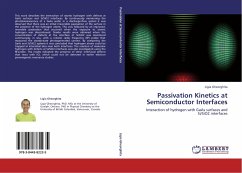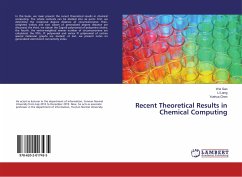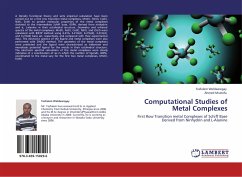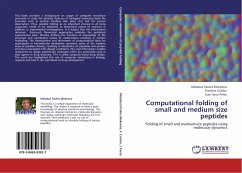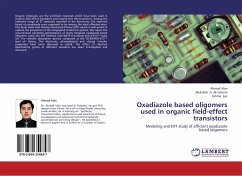This work describes the interaction of atomic hydrogen with defects at GaAs surfaces and Si/SiO2 interfaces. By continuously monitoring the photoluminescence of a GaAs wafer in a discharge-flow system it was observed that there was an initial irreversible passivation of the surface in the presence of the hydrogen atoms. This was followed by an improved, reversible passivation that occurred when the exposure to atomic hydrogen was discontinued. Similar results were obtained when the concentration of defects at the interface of Si/SiO2 was monitored continuously, in situ, with a remote radio frequency (RF) probe that measured the steady-state photogenerated carriers. By comparing the GaAs and Si/SiO2 systems it was concluded that hydrogen atoms could be trapped at interstitial sites near both interfaces. The reaction of molecular hydrogen with defects at Si/SiO2 interfaces was also investigated using the RF-probe. The results indicated the presence of other interfacial defects thatreact with H2, which could not be detected in earlier electron paramagnetic resonance studies.
